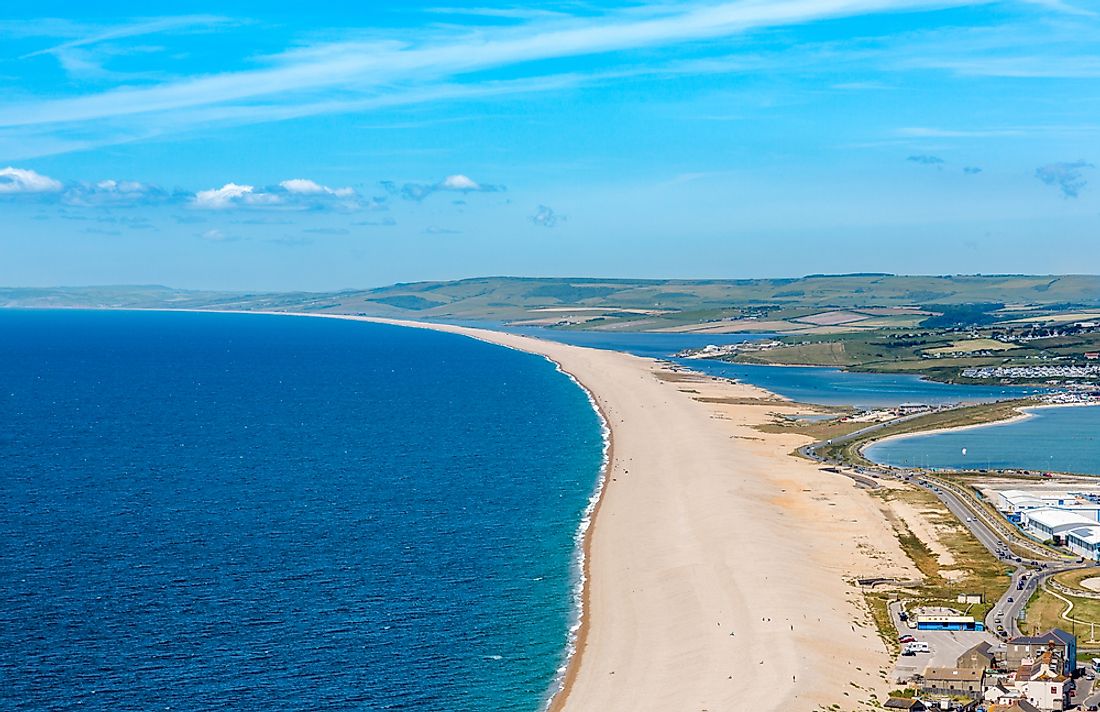What Is a Storm Beach?

What Is a Storm Beach?
A storm beach forms when a regular coastal beach is affected by severe storm weather. These severe storms generate strong wave activity, which carries a significant amount of debris to the shorelines. The strength of the waves and wind means that debris is deposited further inland than the normal range of debris and sediment deposits. This material generally builds up between the lines of high tide and low tide, and continues to grow after each consecutive storm. As the debris and sediment pile up, it creates a steep area, with slopes as great as 45°. Some common materials found in storm beaches include driftwood, shipwrecked materials, sand, gravel-sized stones, and large rocks. The force of the waves and the weight of the large stones typically send these objects to the outer edge of the storm beach, where they end up at the top of the steep beach slope.
Storm Beaches Around the World
Storm beaches can be found all over the world. Some of the most well-known examples of storm beaches are listed below.
Caithness
Caithness beaches are located in the county of Caithness, Scotland. The county's irregular beaches are characterized by a variety of bays and inlets, and the coastlines are often referred to as boulder beaches, although they are perfect examples of storm beaches. The beaches of Caithness are marked by smaller pebbles near the waterline and boulders as wide as 3 feet in diameter further inland. The boulders are typically less smooth and rounded than the pebbles because the waves reach this area of the beach less frequently. This lack of wave activity further inland on the beach is evidenced by the growth of lichen on top of the boulders along the inner edge of the beach. Geologists have also discovered larger boulders even further inland that are now covered by soil and large plants. These large boulders were washed up many years ago during record-breaking storm surges.
Chesil Beach
Chesil Beach is located in the southern region of Dorset County, England. The beach is characterized by its large size, running a length of about 18 miles and a width of 660 feet. Its highest point has an elevation of 50 feet. The beach has grown so significantly due to the accumulation of debris and sediment that it now reaches the Isle of Portland. Given this formation, it is sometimes erroneously referred to as a tombolo beach. The northern end of Chesil Beach is characterized by small stones, while the southern end has larger rocks running along the shoreline. It makes up a section of Jurassic Coast, which is a UNESCO World Heritage Site.
Lakshadweep Islands Beaches
The beaches of Lakshadweep Islands are also considered storm beaches. This group of islands is located off the southern coast of India, near the state of Kerala. Together, these islands make up a lagoon area of approximately 1,200 square miles. Many of the beaches are characterized by the presence of pebbles, stones, and large rocks that are typical of storm beaches. These islands represent an important ecoregion and tourist attraction in India.











